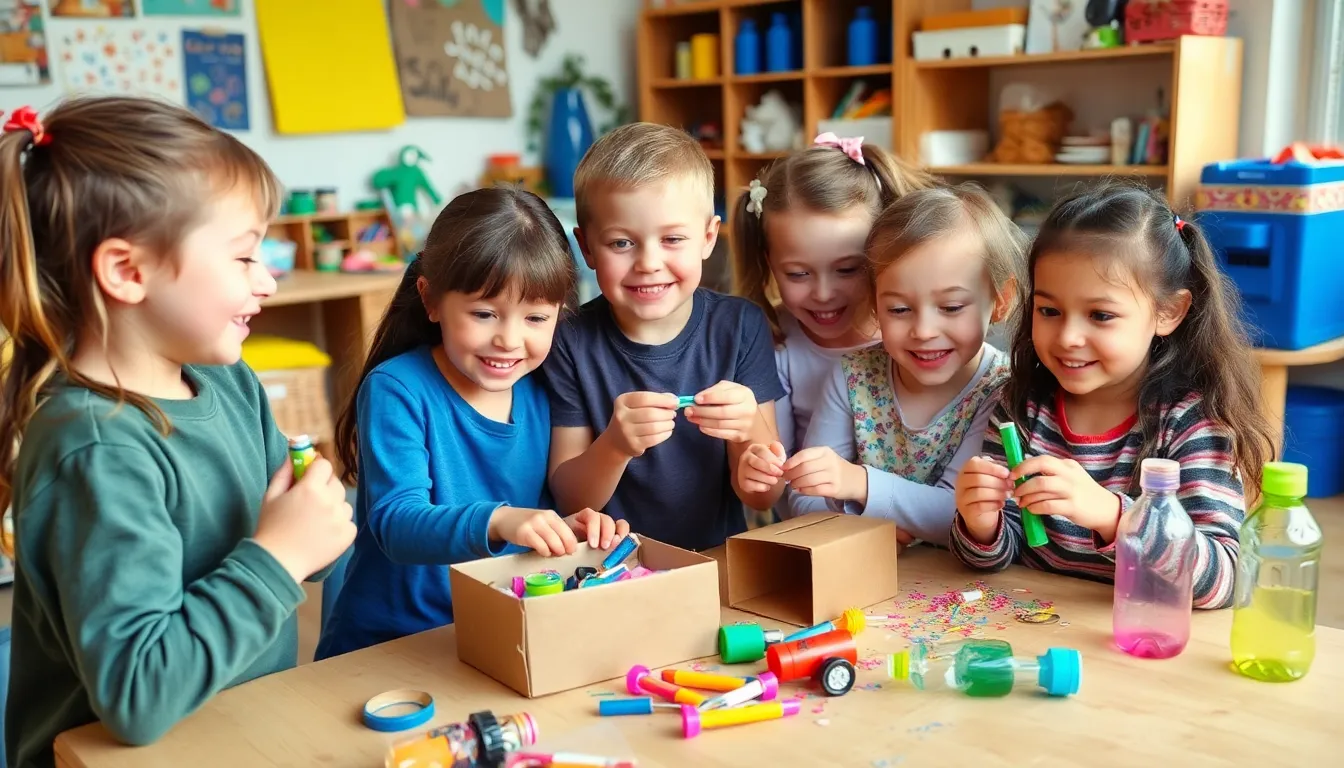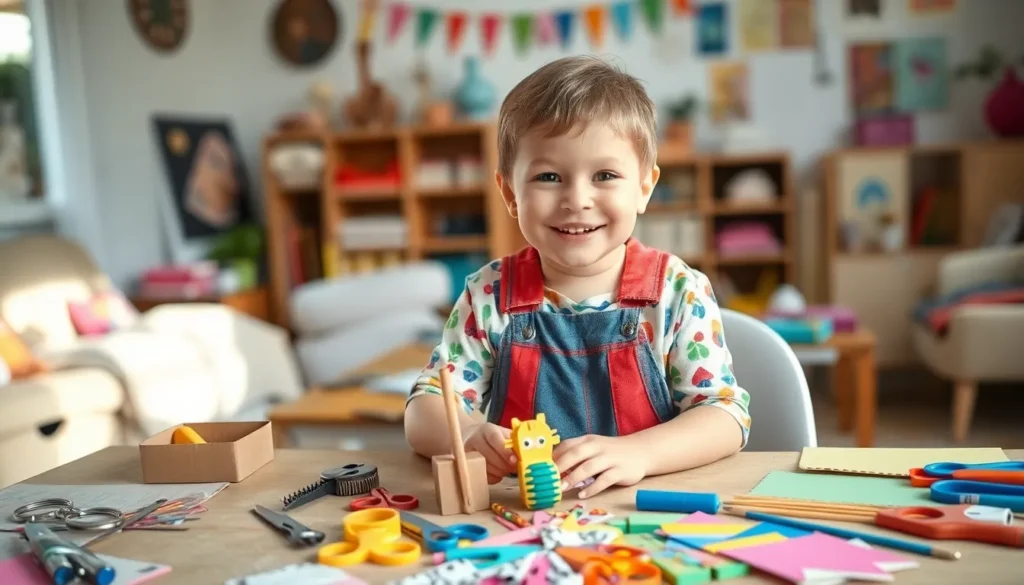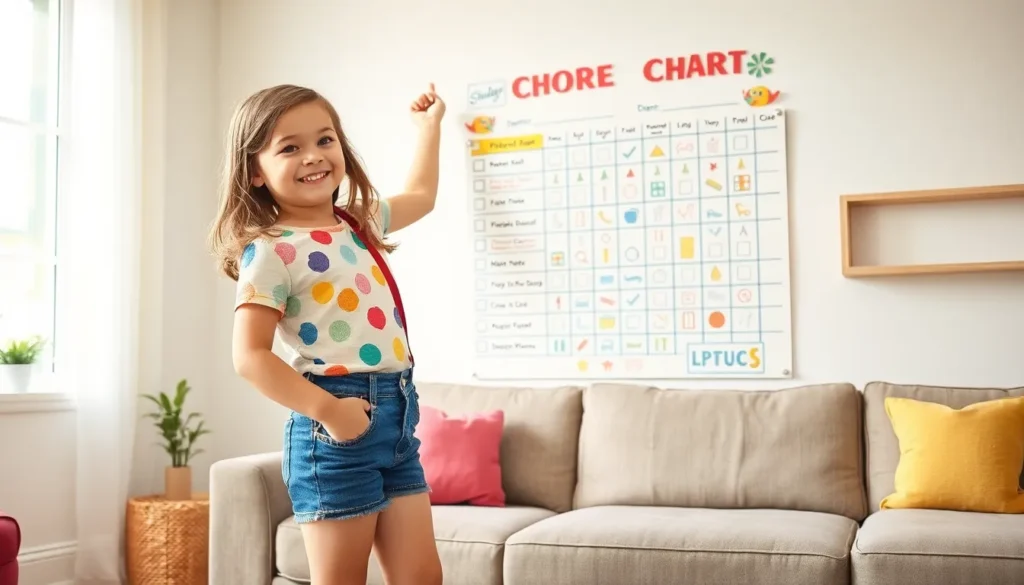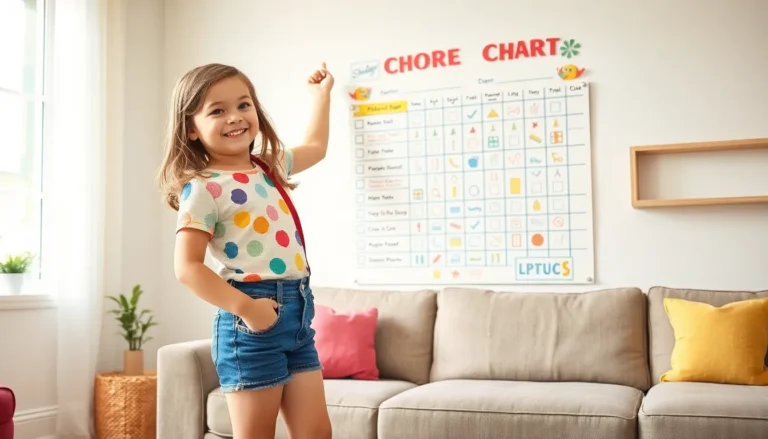Table of Contents
ToggleIn a world where store-bought toys can cost a small fortune and often end up buried in the toy box, DIY toys offer a refreshing twist. Imagine the joy of watching a child’s face light up as they play with something crafted from simple materials around the house. Not only are DIY toys budget-friendly, but they also spark creativity and imagination in ways that mass-produced items simply can’t.
Plus, who doesn’t love a little mess? Crafting toys together can turn a rainy afternoon into a hilarious bonding experience, complete with glue disasters and glitter explosions. So roll up those sleeves and grab some old cardboard, because the adventure of DIY toy-making is about to begin. It’s time to unleash your inner child and transform everyday items into treasures that’ll keep the little ones entertained for hours.
What Are DIY Toys?
DIY toys are handcrafted playthings created from materials easily found at home. These toys promote creativity and resourcefulness, offering unique alternatives to commercial products.
Definition and Concept
DIY toys refer to any toys made through self-directed efforts, often involving repurposed materials. Crafting involves simple items like cardboard, fabric scraps, or household objects. Children and adults engage in this enjoyable activity to create personalized playthings. The process encourages imaginative play, as each toy reflects the creator’s ideas and preferences. DIY toys range from basic designs, such as sock puppets and paper airplanes, to more elaborate builds, like wooden structures or intricate models.
Benefits of DIY Toys
DIY toys offer numerous advantages that enhance creativity and bonding experiences. They often cost significantly less than store-bought toys, making them an affordable choice for families. Crafting these toys fosters teamwork when made together by parents and children. Skills such as problem-solving and fine motor abilities develop naturally during the creation process. Additionally, the toys can be customized to suit individual interests, further engaging children during play. Environmental impact decreases as families reduce waste by repurposing items, promoting sustainability while having fun.
Types of DIY Toys

DIY toys come in various forms, each offering unique ways to enhance creativity and play. Below are some popular types of DIY toys that encourage imaginative exploration.
Craft Kits
Craft kits provide structured activities for children. These kits typically include materials and instructions for specific projects, such as jewelry making or model building. Kids gain valuable skills from these guided experiences, like fine motor skills and creativity. They also promote independent play, allowing children to explore their ideas. Parents often appreciate the convenience and organization that craft kits offer.
Recycled Materials
Recycled materials serve as an excellent foundation for DIY toys. Items like cardboard boxes, plastic bottles, and old clothes can transform into imaginative creations. Using these materials encourages resourcefulness and environmental awareness. Crafting with recycled items allows children to engage in open-ended play, stimulating their creativity. Families can bond while brainstorming new toy designs, making this an enriching experience.
How to Choose the Right DIY Toy
Choosing the right DIY toy involves considering several crucial factors related to the child’s age and safety. An informed decision leads to an engaging and enjoyable experience for everyone involved.
Age Appropriateness
Selecting toys that match a child’s developmental stage ensures both fun and safety. Younger children benefit from simple designs such as sock puppets or paper crafts, which promote imaginative play without frustration. For older children, consider more complex projects, like build-your-own windmills or cardboard castles. Activities that challenge their fine motor skills and creativity often engage them more deeply. Always check age recommendations for materials, especially for craft kits, to avoid overly complex tasks that might lead to disappointment.
Safety Considerations
Ensuring safety during DIY toy-making is paramount. Non-toxic materials should serve as the foundation for all projects, minimizing any health risks. Avoid small parts for younger children, as these can pose choking hazards. Supervision becomes essential, especially with tools like scissors or hot glue guns. Parents must assess the workspace, ensuring it is free from sharp objects and clutter. By prioritizing safety, creators can focus on crafting delightful toys instead of worrying about potential injuries.
Popular DIY Toy Ideas
Crafting toys at home leads to imaginative play and endless possibilities. Here are some popular DIY toy ideas to inspire creativity.
Homemade Instruments
Creating homemade instruments offers a fun way to explore music. Simple items can transform into instruments with a little imagination. For instance, empty tissue boxes and rubber bands make excellent string instruments. Kids can pluck the bands to create different sounds. Alternatively, filling containers with rice or beans results in shakers, encouraging rhythm exploration. Recycled cardboard tubes can serve as flutes; just add paper and tape to create simple melodies. These DIY instruments enhance auditory skills and promote musical interest in children.
Building Blocks
Building blocks fuel creativity and imaginative play. Kids enjoy constructing their designs with easy-to-make blocks. Using wooden dowels or scrap wood, cut blocks into various sizes. Painted blocks add vibrant colors, making them more visually appealing. Cardboard boxes can also be transformed into blocks; simply cut them into cubes and decorate. Encourage collaborative building, which fosters teamwork and communication skills. These DIY blocks not only promote fine motor skills but also provide hours of engaging play.
DIY toys offer a wonderful way to spark creativity and imagination in children while fostering strong family bonds. By transforming everyday materials into engaging playthings, families can enjoy quality time together and create lasting memories. The process not only enhances fine motor skills but also promotes problem-solving and resourcefulness.
Choosing the right DIY toy ensures a safe and enjoyable experience tailored to a child’s developmental stage. With endless possibilities for crafting, parents and children can explore their artistic sides while embracing sustainability. Ultimately, DIY toys provide a unique blend of fun, learning, and environmental consciousness that enriches playtime for everyone involved.







